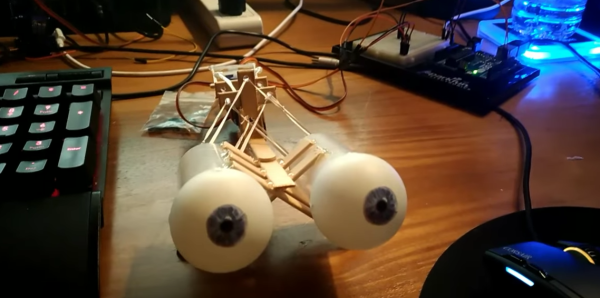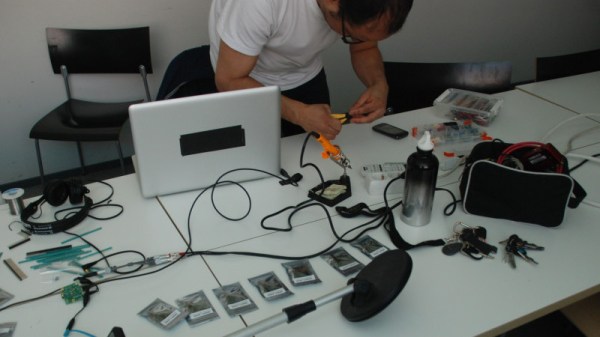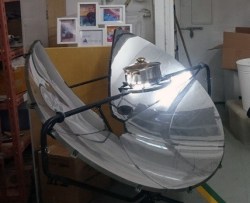For thirty years, the classic synths of the late 70s and early 80s could not be reproduced. Part of the reason for this is market forces — the synth heads of the 80s didn’t want last year’s gear. The other part for the impossibility to build new versions of these synths was the lack of parts. Synths such as the Prophet 5, Fairlight CMI, and Korg Mono/Poly relied on voltage controlled filter ICs — the SSM2044 — that you can’t buy new anymore. If you can source a used one, be prepared to pay $30. New old stock costs about $100.
Now, these chips are being remade. A new hardware revision for this voltage controlled filter has been taped out by the original hardware designer, and these chips are being produced in huge quantities. Instead of $100 for a new old stock chip, this chip will cost about $1.60 in 1000 unit quantities.
The list of synths and music boxes sporting an SSM2044 reads like a Who’s Who of classic electronic music machines. E-Mu Drumulators, Korg polyphonic synths, Crumars, and even a Doepfer module use this chip in the filter section. The new chip — the SSI2144 — supposedly provides the same classic tone but adds a few improvements such as improved pin layouts, an SSOP package, and more consistent operation from device to device.
This news follows the somewhat recent trend of chip fabs digging into classic analog designs of the 70s, realizing the chips are being sold for big bucks on eBay, and releasing it makes sense to spin up a new production line. Last year, the Curtis CEM3340 voltage controlled oscillator was rereleased, giving the Oberheim OB, Roland SH and Jupiter, and the Memory Moog a new lease on life. These chips aren’t only meant to repair broken, vintage equipment; there are a few builders out there who are making new devices with these rereleased classic synths.






























